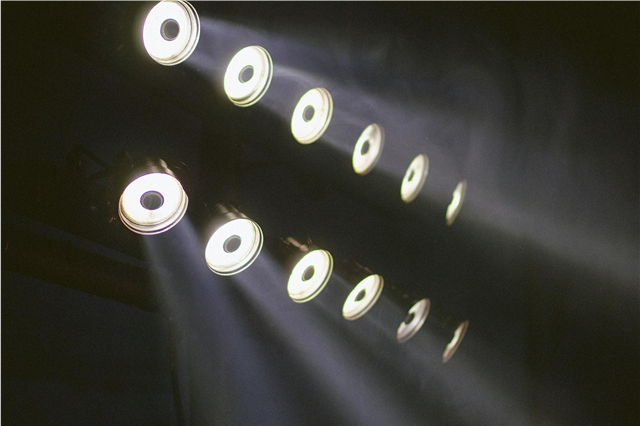
How do I choose the right LED screen for my business
Did you know that the global LED display market is projected to reach $75.8 billion by 2027? With such explosive growth, choosing the right LED screen for your business has never been more critical. But here's the surprising truth: 90% of businesses make costly mistakes when selecting their first LED display. Let's uncover the essential facts that will save you thousands and boost your ROI.
The Science Behind LED Success: What You Need to Know First
1. Pixel Pitch: The Secret Language of LED Displays
Here's a mind-blowing fact: Pixel pitch determines 60% of your viewing experience. This measurement (in millimeters) between LED pixels directly impacts image quality and optimal viewing distance. For instance, a 2mm pixel pitch screen requires only 2 meters of viewing distance for crystal-clear images, while a 10mm pitch needs 10 meters away.
Pro tip: Retail environments thrive with 1.5-2.5mm pitch for close viewing, while outdoor advertisements perform perfectly with 6-16mm pitch for distant visibility.
2. Brightness Levels: The 1000-Nit Revelation
Amazing fact: The human eye can detect differences in brightness as small as 10 nits, yet most businesses overlook this crucial specification. Indoor LED screens typically require 800-1500 nits, while outdoor displays need a staggering 5000-10,000+ nits to combat sunlight.
Key insight: Every 1000 nits increase in brightness raises power consumption by approximately 25%, directly impacting your electricity bills. Choose wisely based on your environment to avoid unnecessary costs.
Location-Specific Considerations: Where Will Your LED Live?
3. Indoor vs. Outdoor: The IP Rating Revolution
Industry secret: IP65 rating is the minimum standard for outdoor LED displays, protecting against dust and water jets. Indoor screens need only IP20 ratings, but here's the twist – using outdoor-rated screens indoors actually improves longevity and image quality due to better build quality.
Smart move: For mixed environments (covered areas, large entryways), IP54 rating offers the sweet spot between protection and cost-effectiveness.
4. Size Matters: The Bezels Are Bigger Than You Think
Contrary to popular belief: LED screens aren't measured like TVs. A "55-inch" LED display actually refers to the diagonal measurement of individual modules, not the entire screen area. True screen size calculations can surprise businesses with 30% larger or smaller viewing areas than expected.
Game-changing fact: Modern LED displays feature ultra-narrow bezels as thin as 0.7mm, creating nearly seamless video walls that appear as one continuous screen.
Technical Specifications That Actually Matter
5. Refresh Rate Reality Check
Shocking statistic: 60Hz refresh rates cause visible flickering in 25% of video content, especially noticeable in large venues. Professional-grade LED displays boast 1920Hz or higher refresh rates, delivering smooth motion and eliminating eye strain.
Business impact: Higher refresh rates improve viewer engagement by up to 40%, making your content more compelling and memorable.
6. Color Gamut: Beyond RGB
Industry revelation: Standard RGB LED displays cover only 72% of the NTSC color spectrum. Premium LED screens achieve 95%+ color gamut coverage, displaying more vibrant and accurate colors that make your content pop.
ROI fact: Enhanced color reproduction increases customer dwell time by an average of 18% in retail environments.
Content and Connectivity Considerations
7. Aspect Ratio Adaptability
Common misconception: All LED displays force 16:9 content. Modern LED displays offer flexible aspect ratios and can display native content without black bars or distortion. This flexibility saves businesses 15-20% in content creation costs.
8. Processing Power: The Hidden Performance Driver
Technical insight: LED screens require dedicated video processors that can handle 4K content at 60fps with 10-bit color depth. Underpowered processors result in lag, poor image quality, and system crashes during crucial presentations.
Bottom line: Invest in screens with built-in high-performance processors – they eliminate the need for expensive external processing equipment.
Installation and Maintenance Reality
9. Mounting Methods Impact Total Cost
Cost revelation: Front service mounting increases installation costs by 40-60% compared to rear service options. However, front service accessibility becomes crucial for certain installations where rear access is impossible.
Installation fact: Proper ventilation and service access planning can extend LED display lifespan by 3-5 years, representing thousands in savings.
10. Energy Consumption Eye-Opener
Environmental impact: LED displays consume 75% less power than traditional projection systems when properly specified. A well-chosen 55-inch LED screen uses only 150-300 watts, roughly equivalent to 2-4 standard light bulbs.
Business benefit: ENERGY STAR certified LED displays qualify for tax incentives and rebates, potentially offsetting 15-25% of initial investment.
Future-Proofing Your LED Investment
11. Modular Design Advantages
Innovation fact: Modular LED screens can be expanded 300% larger than original specifications. Starting with a modest 2x2 setup? You can seamlessly expand to 4x4 without replacing existing modules.
Flexibility insight: Modular systems offer 99.9% uptime because individual modules can be replaced without taking the entire display offline.
12. Software Integration Capabilities
Digital transformation: 85% of modern LED displays support cloud-based content management, enabling remote updates and real-time content scheduling. This capability becomes especially valuable for multi-location businesses managing dozens of screens simultaneously.
Financial Decision-Makers
13. Total Cost of Ownership Truth
Hidden costs fact: Maintenance and repair costs account for 20-30% of total LED display expenses over 5 years. Premium brands typically offer 5-7 year warranties with 24/7 support, while budget options may require replacement every 2-3 years.
Financial insight: Calculate true ROI over 7-year periods rather than focusing solely on initial purchase price.
14. Lifespan Expectations
Durability fact: Quality LED displays maintain 80% brightness for 100,000+ hours of operation – that's over 11 years of continuous use. Poor quality screens depreciate to 50% brightness within 3-5 years.
Value proposition: Every dollar invested in higher-quality LED technology returns 3-5 times through reduced replacement costs and improved performance.
15. The Decision Matrix Game-Changer
Proven method: Successful businesses evaluate LED displays across 5 key factors:
- Image Quality (30% weight)
- Reliability (25% weight)
- Total Cost (20% weight)
- Features (15% weight)
- Support (10% weight)
This balanced approach prevents common buyer's remorse and ensures optimal long-term satisfaction.
Making Your Final Decision
Ready to choose your business's perfect LED screen? Remember these critical takeaways:
- Specification matching matters more than brand names
- Viewing distance determines pixel pitch requirements
- Environmental factors drive brightness and protection needs
- Future expansion capabilities protect your investment
- Total cost of ownership exceeds purchase price considerations
The right LED screen transforms your business communication, attracts customers, and delivers measurable ROI. With these 15 essential facts, you're now equipped to make an informed decision that serves your business for years to come.
Your next step: Consult with LED display specialists who understand your specific industry requirements and can recommend solutions tailored to your unique business needs.
Keywords: LED screen for business, commercial LED display, choose LED screen, business LED display, LED display selection, commercial LED solutions, digital signage for business


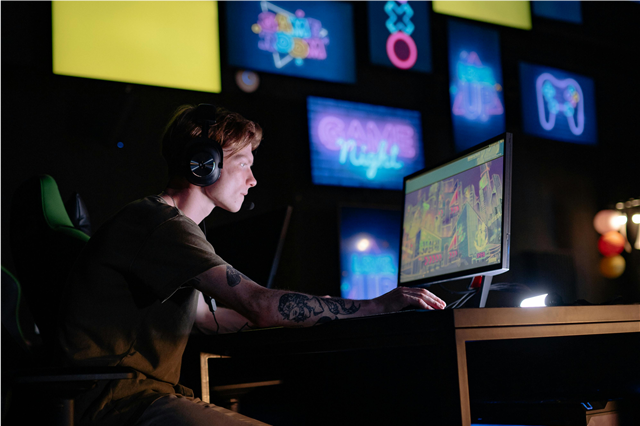
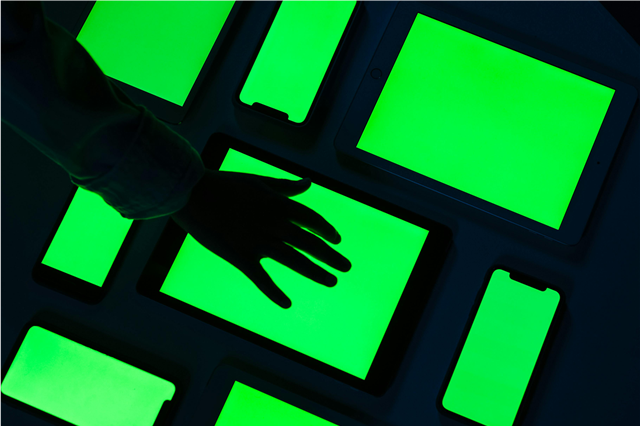
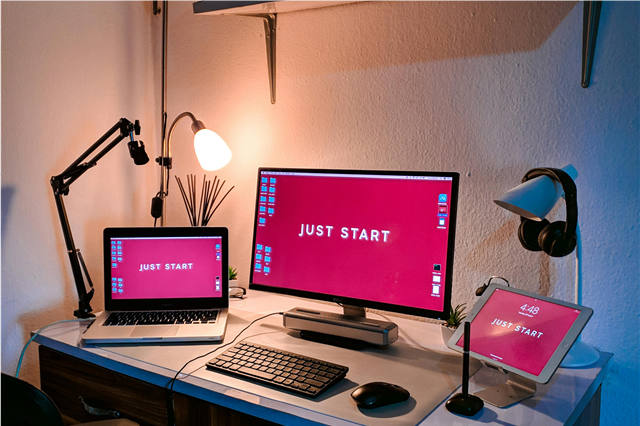
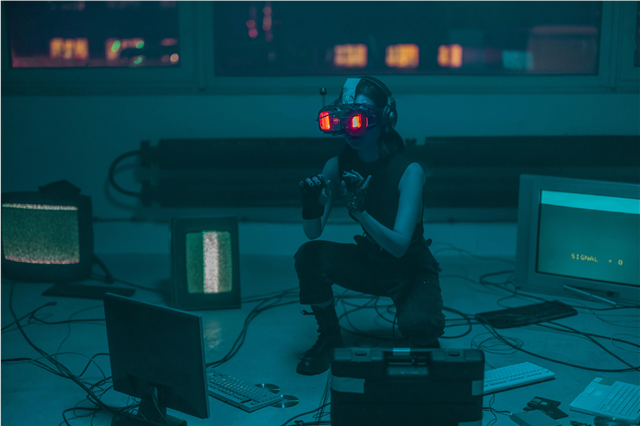
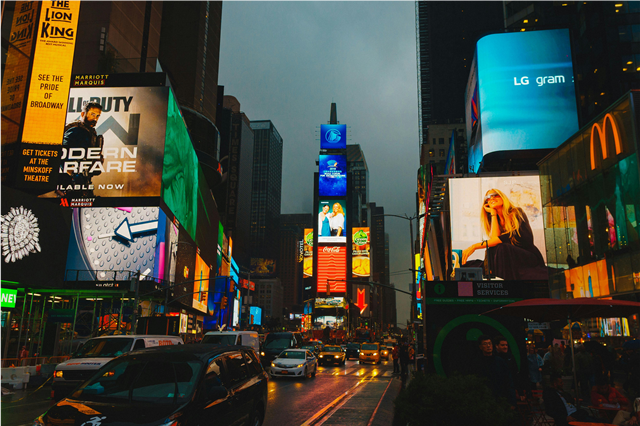
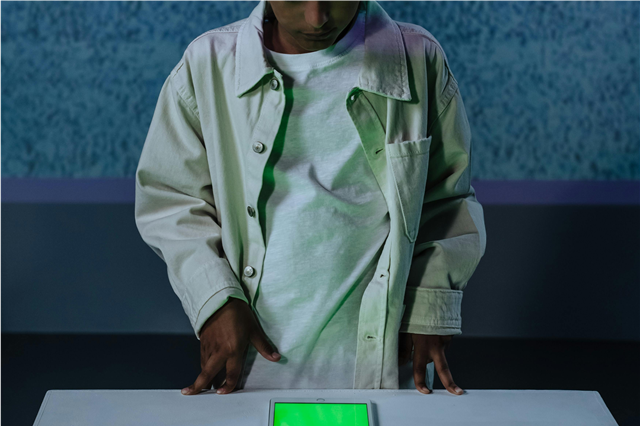
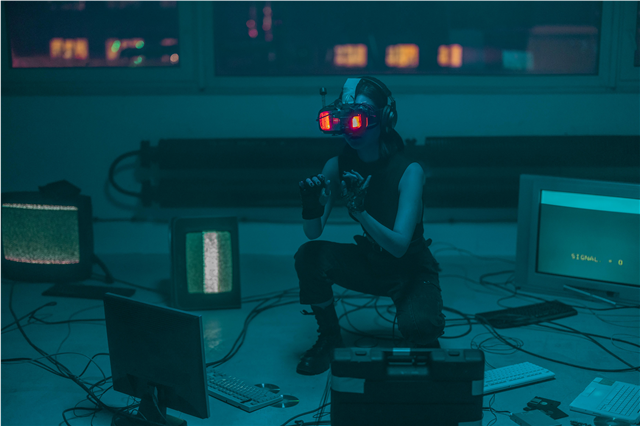







Post Comment